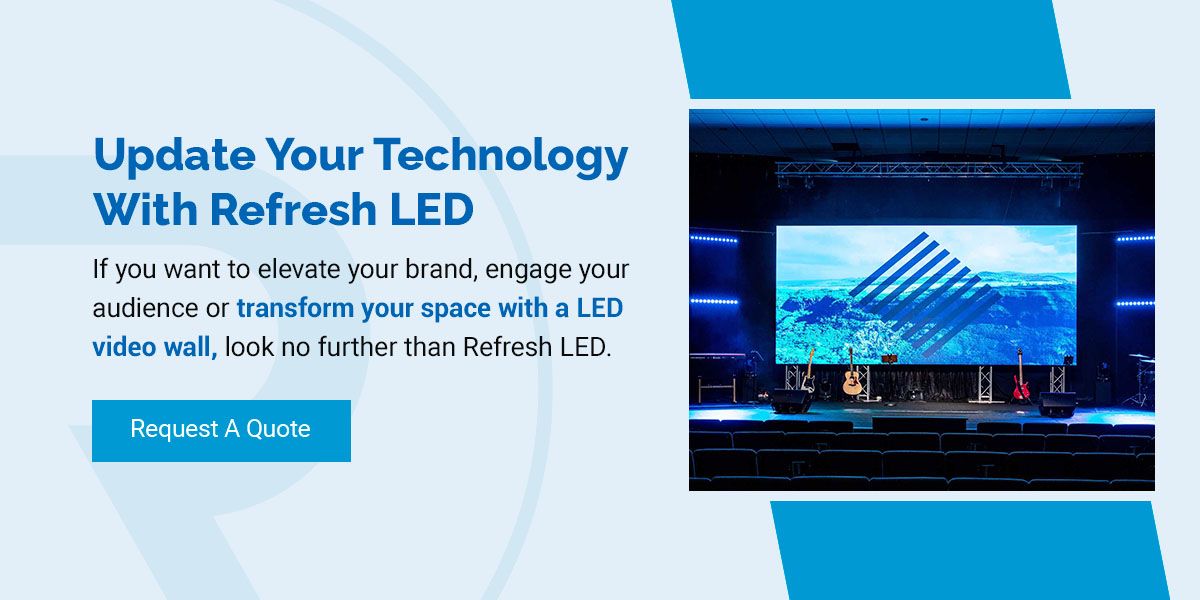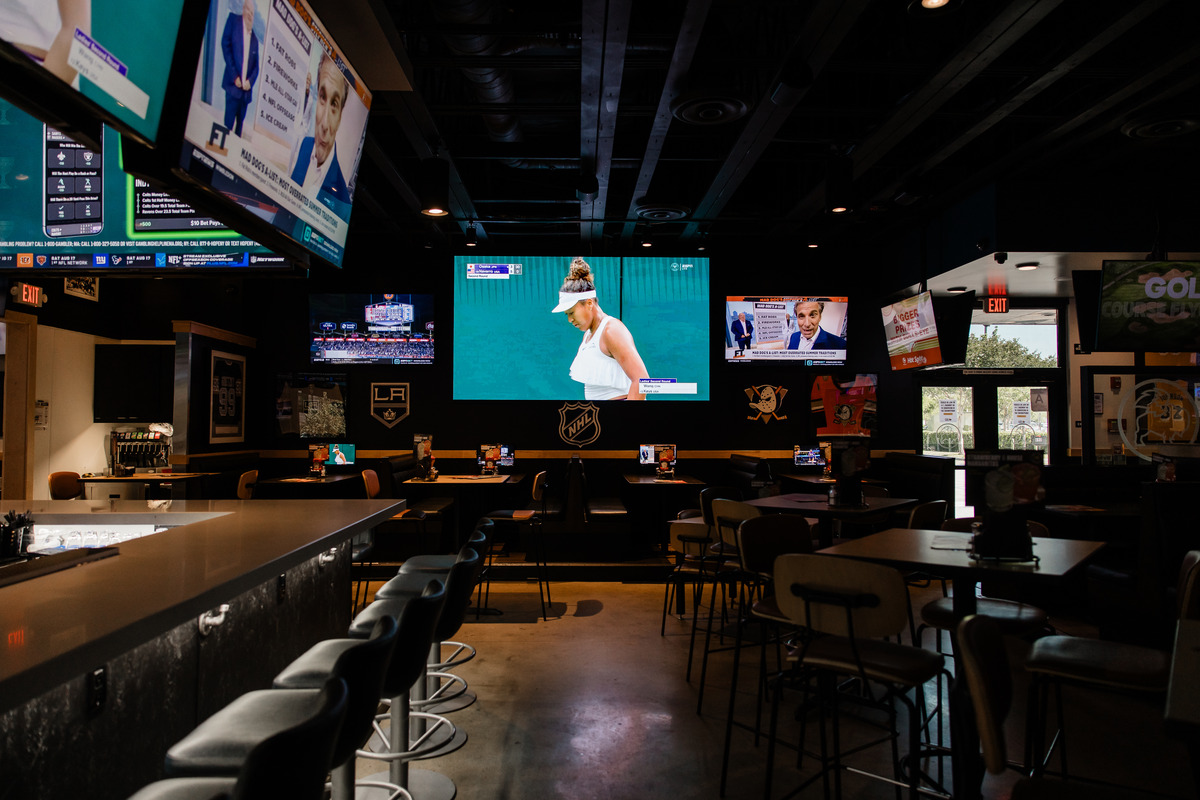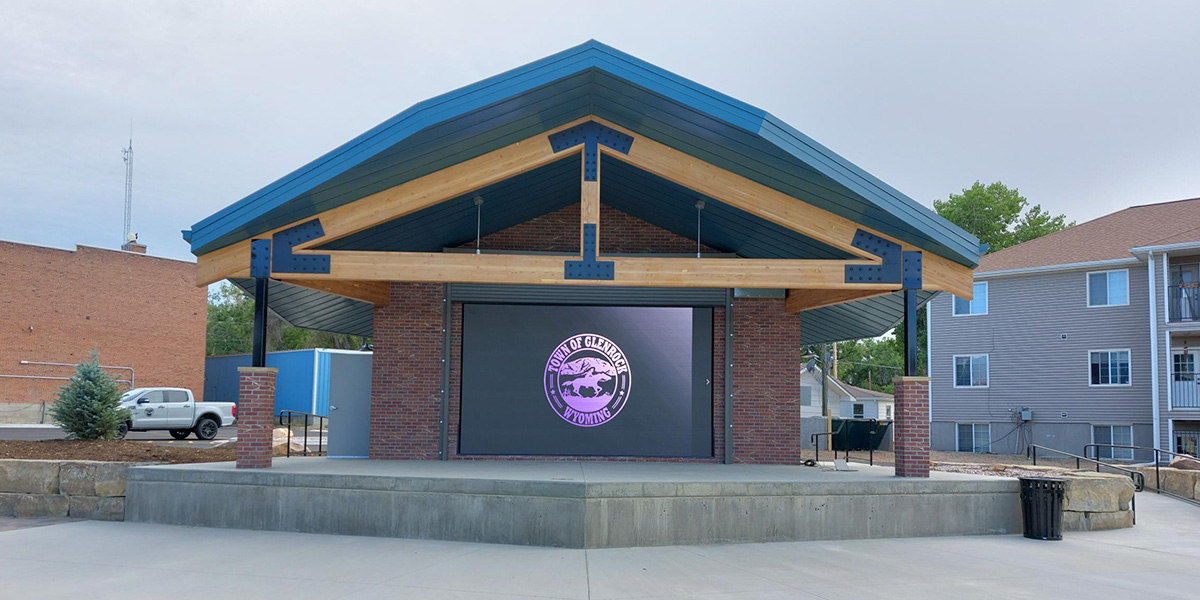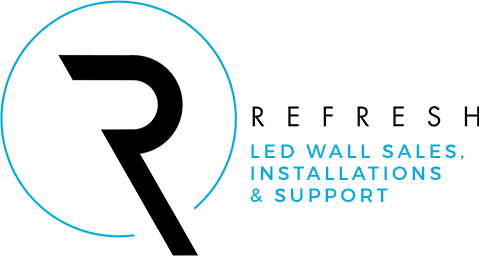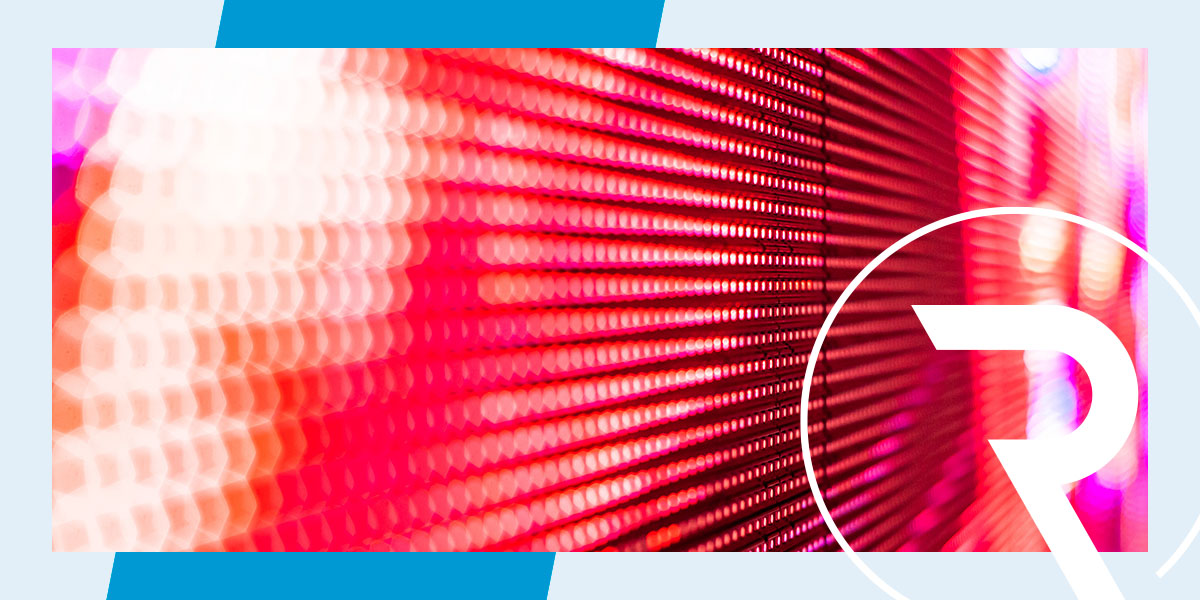
What Does LED Mean?
- Josh Dominguez
- Hits: 3935
In a world driven by technological advancements, few innovations have revolutionized how we illuminate our surroundings as profoundly as light-emitting diodes (LEDs). These remarkable electronic devices have become the preferred choice for lighting solutions across many applications.
LEDs have an incredibly long life span, far surpassing conventional lighting options. They can operate for tens of thousands of hours before needing replacement, reducing maintenance costs and waste. This longevity is made possible by the solid-state design of LEDs, which eliminates fragile components like filaments or glass envelopes in traditional bulbs.
LEDs have rapidly gained popularity across various applications due to their numerous advantages. From household lighting and display panels to automotive headlights and street lighting, LEDs have become the go-to lighting solution for their energy efficiency, durability, compactness and versatility.
What Does LED Stand For?
LED stands for light-emitting diode. The term "diode" refers to a two-terminal electronic component that allows current flow in only one direction. The "light-emitting" means the diode lights up when an electric current passes through it.
How Does an LED Work?
Unlike traditional light sources, LEDs rely on the principle of electroluminescence, which is when light is generated directly from the movement of electrons within a semiconductor material.
A semiconductor chip consists of multiple layers of specially engineered materials, typically composed of compounds like arsenic, phosphorus and nitrogen. Some of these compounds have a negative charge, meaning they have extra electrons, and others have a positive charge, meaning they have spaces from missing electrons. When a voltage is applied to the LED, electrons in the semiconductor jump between compounds. As the electrons move, they release energy in the form of light.
Manufacturers can produce LEDs that emit light across various colors, ranging from red and green to blue and even ultraviolet, by carefully selecting and combining different semiconductor materials.
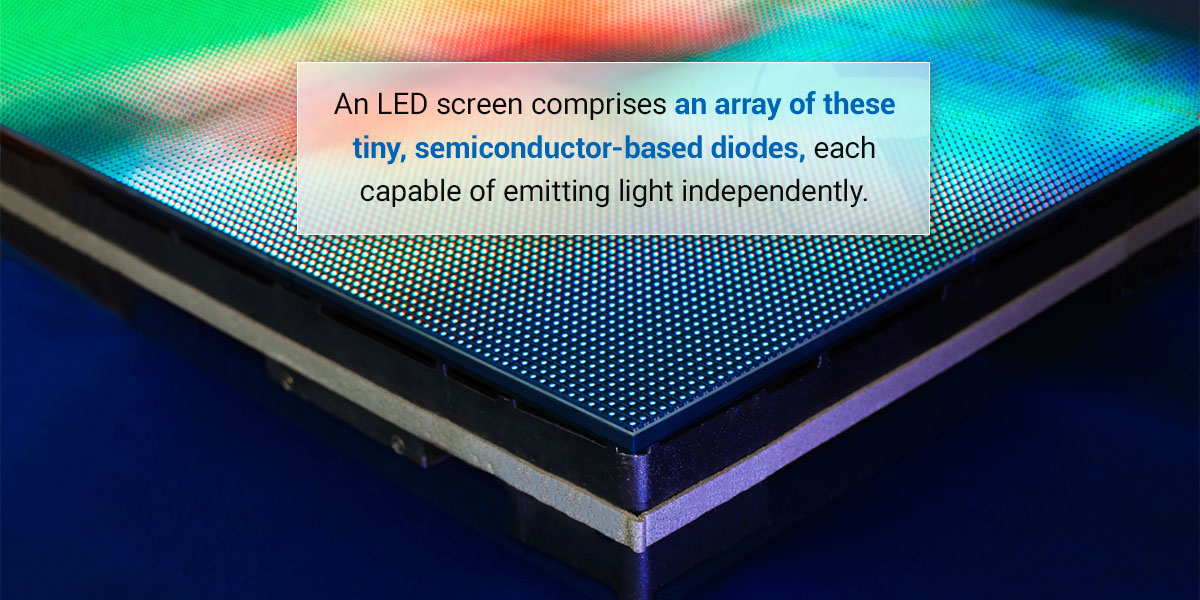
What Is an LED in an LED Screen?
An LED screen comprises an array of these tiny, semiconductor-based diodes, each capable of emitting light independently. The types of LED displays are categorized into two options:
- LED-backlit LCD screens: Also known as LED-LCD or LED-based LCD screens, these screens combine the technology of liquid crystal displays (LCD) with LED backlighting. In this configuration, the display panel consists of an LCD layer that controls light transmission. Behind this LCD layer is an array of LEDs as a backlight source. The LEDs are positioned behind the LCD panel and emit light, which passes through the LCD layer, manipulating the liquid crystals to create the desired image.
- LED video walls: LED video walls are constructed solely from an array of individual LED modules. Each module comprises a cluster of closely spaced LEDs, typically grouped in a grid-like pattern. The intensity of each LED can be independently controlled, enabling precise control over brightness, color and contrast. This characteristic makes LED video walls particularly suitable for applications that demand high-resolution visuals, such as large-scale outdoor displays, stadium screens and indoor signage.
History of LED Technology
The roots of this transformative lighting technology can be traced back to the early 20th century when electroluminescence was discovered. Electroluminescence is the emission of light from a material when an electric current passes through it. While this discovery laid the foundation for future breakthroughs, it took several decades for LEDs to emerge as a practical lighting option.
Red Light
The first practical LED was developed in the 1960s by a team of scientists at General Electric (GE) in the United States. Nick Holonyak Jr., a young engineer at GE, and his colleagues had been experimenting with semiconductor materials known as gallium arsenide phosphide. In 1962, Holonyak successfully created the first visible light LED, which emitted a red glow.
Blue and White Light
However, it was not until the 1990s that blue LEDs were invented, paving the way for the creation of white light, a breakthrough that transformed LEDs into a practical lighting solution for everyday applications. This achievement in LED technology was made possible by the efforts of two Japanese scientists, Isamu Akasaki and Hiroshi Amano. Along with their colleague Shuji Nakamura, Akasaki and Amano received the Nobel Prize in Physics in 2014 for their groundbreaking work. Their research centered around using the compound gallium nitride (GaN) to produce blue light, which could then be combined with phosphors to create white light.
Our LED Walls
An LED video wall is a display system composed of individual LED modules seamlessly tiled together to form a large screen. Each LED module within the video wall acts as an individual pixel, emitting light independently. LED video walls achieve exceptional image quality by precisely controlling the brightness and color of each LED, ensuring sharpness, clarity and vibrant colors.
LED video walls' modular nature allows tremendous display size and aspect ratio flexibility. They can be seamlessly interconnected to create large-scale screens with virtually no visible gaps between modules. This flexibility means LED video walls can be customized to fit various spaces and requirements, making them ideal for applications ranging from indoor signage and control rooms to outdoor advertising and event stages.
- Impressive brightness and contrast: The LEDs in video walls produce high brightness levels, enabling the display to compete with ambient lighting conditions and maintain visual impact. The brightness makes LED video walls ideal for outdoor displays, retail environments and venues with significant ambient light.
- Seamless scalability and modularity: LED technology allows for seamless scaling without compromising image quality, whether a small, compact screen or an expansive video wall spanning multiple meters in width and height.
- Durability and longevity: The solid-state nature of LED technology makes it highly resistant to shocks, vibrations and temperature fluctuations, ensuring reliable performance even in demanding environments. LEDs are also energy-efficient. They consume significantly less power than traditional display technologies, contributing to their longevity and reduced operating costs.
Update Your Technology With Refresh LED
If you want to elevate your brand, engage your audience or transform your space with a LED video wall, look no further than Refresh LED. With our expertise and commitment to excellence, we deliver exceptional LED video walls tailored to your vision, budget and timeline.
At Refresh LED, our process provides a stress-free experience from start to finish. We begin by understanding your unique vision and crafting a plan that perfectly aligns with your needs. Our personalized proposal and clear agreement establish a strong foundation of trust in our team and process.
But our commitment doesn't end with installation. We go the extra mile by assigning you a dedicated service manager to ensure your ongoing success with our equipment. With our technical assistance available seven days a week, our team of experts is always at your fingertips, ready to address any questions or concerns.
Refresh LED is passionate about delivering high-quality LED video walls and providing exceptional post-sale service.
Contact us today for a quote, and let our team of experts bring your vision to life. Experience the difference with Refresh LED, and embark on a transformative visual journey to captivate your audience and set your brand apart.



